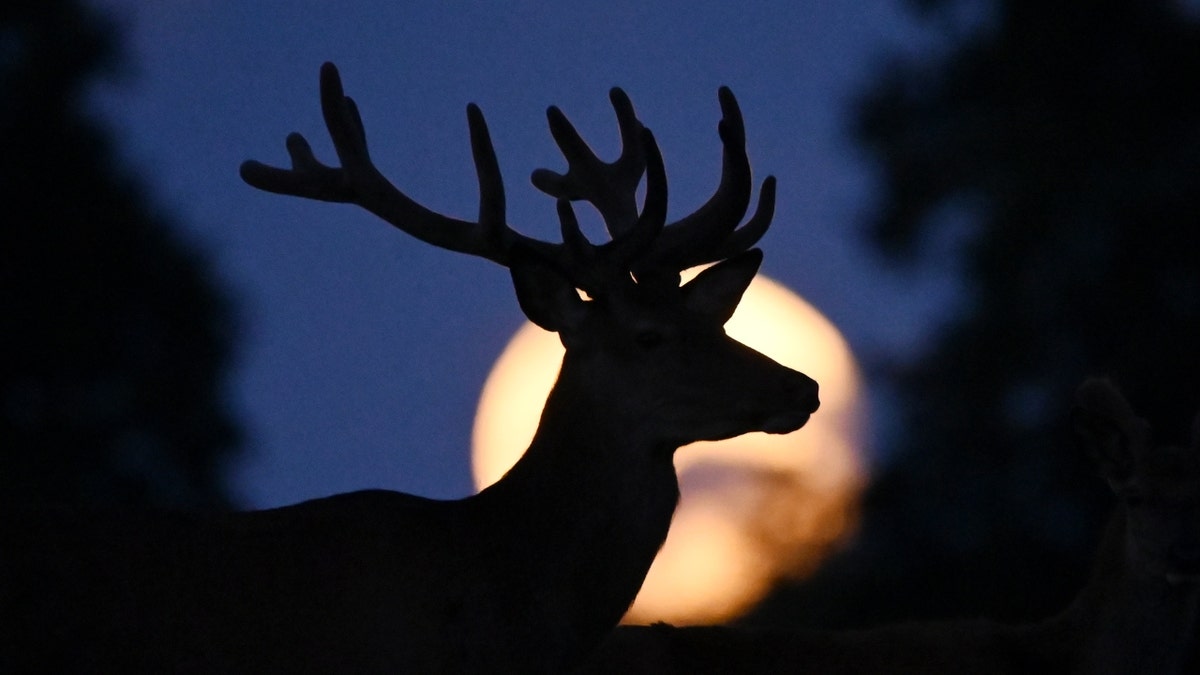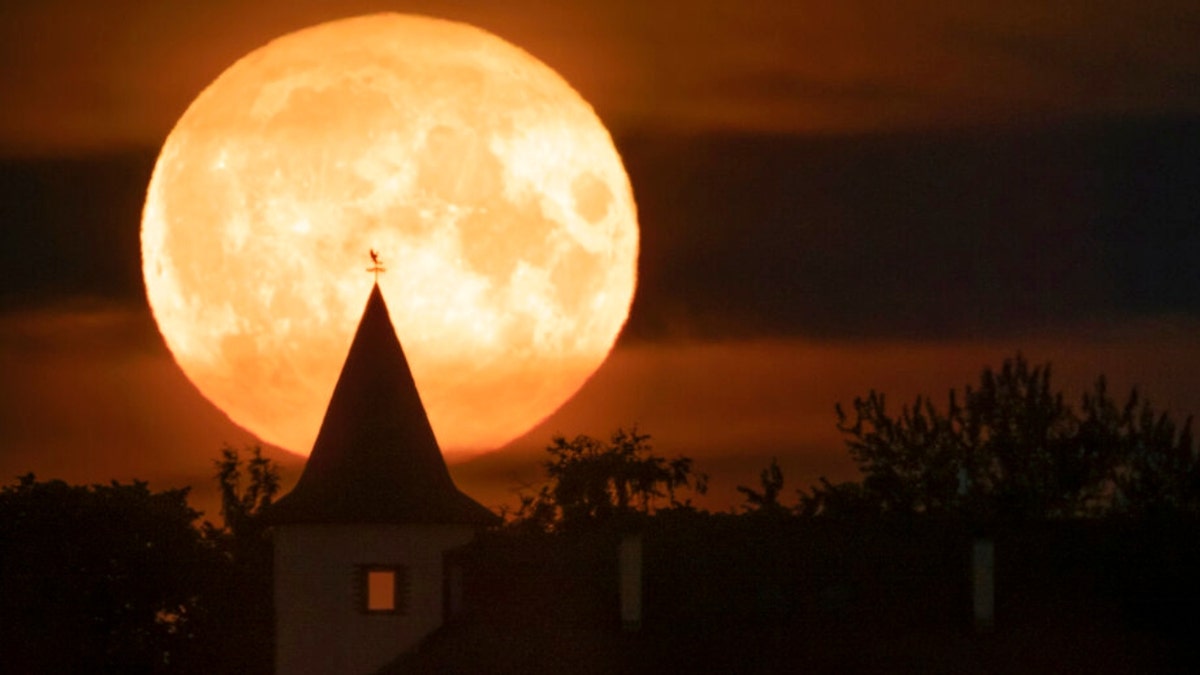Prepare to be captivated by the luminous presence of July's full moon, known as the Buck Moon, gracing the night sky on the morning of July 3rd. Reaching its peak fullness at 7:39 a.m. ET, this celestial event promises a spectacular view as it aligns opposite the sun, as observed from Earth's longitude.
As twilight fades that evening, the rising full moon will ascend approximately three degrees above the southeastern horizon, sharing the celestial stage with two of the five visible planets, Venus and Mars.

The moon's full appearance will persist for about three days, marking the first full moon of the summer season. Skywatchers can also anticipate the upcoming Sturgeon and Blue supermoons in August.
Many sources identify this as the first in a series of four consecutive supermoons this year. A supermoon occurs when a new or full moon coincides with the moon's closest orbital approach to Earth (perigee), resulting in the largest and brightest full moons of the year. While various criteria exist for classifying supermoons, the Buck Moon certainly fits the bill.

The name "Buck Moon" derives from the time of year when male deer antlers are in their prime growth stage, according to the Maine Farmers' Almanac.

The July full moon also carries other names, reflecting its significance in different cultures. The Haida and Tlingit tribes of Alaska call it the Salmon Moon due to the substantial salmon migration during this period. The Algonquin tribes of the Northeast refer to it as the Thunder Moon, inspired by the frequent thunderstorms of early summer. In Europe, it's known as the Hay Moon, acknowledging the haymaking season, and occasionally as the Mead Moon or Rose Moon.
Mark your calendars for International Moon Day on July 20th for another opportunity to celebrate our celestial neighbor.
Comments(0)
Top Comments